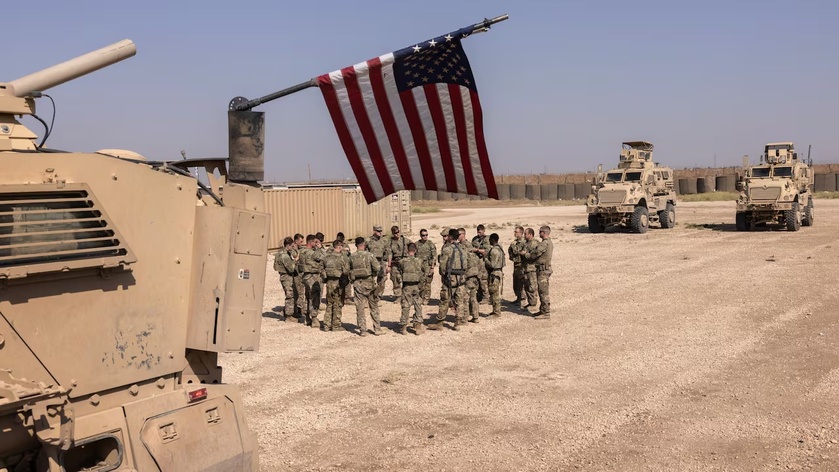In a shocking revelation, intelligence sources suggest that $145 million per month is being funneled by terror organizations to fund a plot to assassinate former President Donald Trump. According to Sarah Adams, a former CIA targeter and counterterrorism expert, the plot is reportedly being masterminded by Mohammed Kazmi, a senior member of Iran’s IRGC intelligence organization.
The Mastermind Behind the Plot
Kazmi is no stranger to high-profile operations. He allegedly played a key role in planning the devastating October 7 attacks on Israel, which were linked to Hamas, Al-Qaeda, and the Taliban. Now, Kazmi is believed to be orchestrating this assassination plot, dubbed the “Soleimani Plot,” in retaliation for the U.S. strike that killed Iranian General Qasem Soleimani in 2020.
Adams highlighted that Soleimani wasn’t just a military leader—he was a symbolic figure of the Iranian Revolution. This makes the stakes even higher, as Iran’s retaliation is expected to go beyond a single target, potentially aiming to strike multiple high-profile U.S. symbols or individuals.
An Unprecedented Amount of Funding
The $145 million per month being allocated to this operation raises alarm bells. This is not a small, rogue effort—it reflects a coordinated, well-funded campaign. As Adams noted, such an enormous financial commitment likely indicates that the plot extends beyond one assassination attempt. "They’re planning something bigger," she said, emphasizing the need for vigilance.
Connections to October 7 and Beyond
The same network that orchestrated the October 7 attacks is allegedly involved in this plot. These attacks, which killed thousands in Israel, were planned and trained for in Afghanistan with the support of the Taliban. Adams’ report highlights how terror groups, emboldened by the Biden administration’s continued aid to Afghanistan, are now shifting their focus toward high-impact operations in the West.
Why the Silence?
Despite these disturbing findings, there’s been little public acknowledgment from the U.S. government. Adams pointed out that Kazmi, the alleged mastermind, isn’t even on the FBI’s Most Wanted list. This silence raises questions: Is the U.S. government downplaying the threat, or are they quietly working to thwart the plot behind the scenes?
What’s at Stake?
If this plot comes to fruition, it could have catastrophic consequences—not just for the former president, but for the nation as a whole. The implications of an attack on U.S. soil, particularly one targeting a former president, would be enormous, potentially sparking a wider conflict and shaking the country’s confidence in its security systems.
Urgent Action Needed
This isn’t just about politics—it’s about national security. The Biden administration must take immediate steps to address this growing threat. That includes cutting off any funding streams that could be exploited by terrorist organizations and taking decisive action to target the masterminds behind these operations.
With $145 million a month fueling this plot, the clock is ticking. The U.S. cannot afford to ignore the signs—or the consequences could be devastating.
What do you think? Should the U.S. government do more to address these threats and cut off funding to terror groups? Share your thoughts below.

















